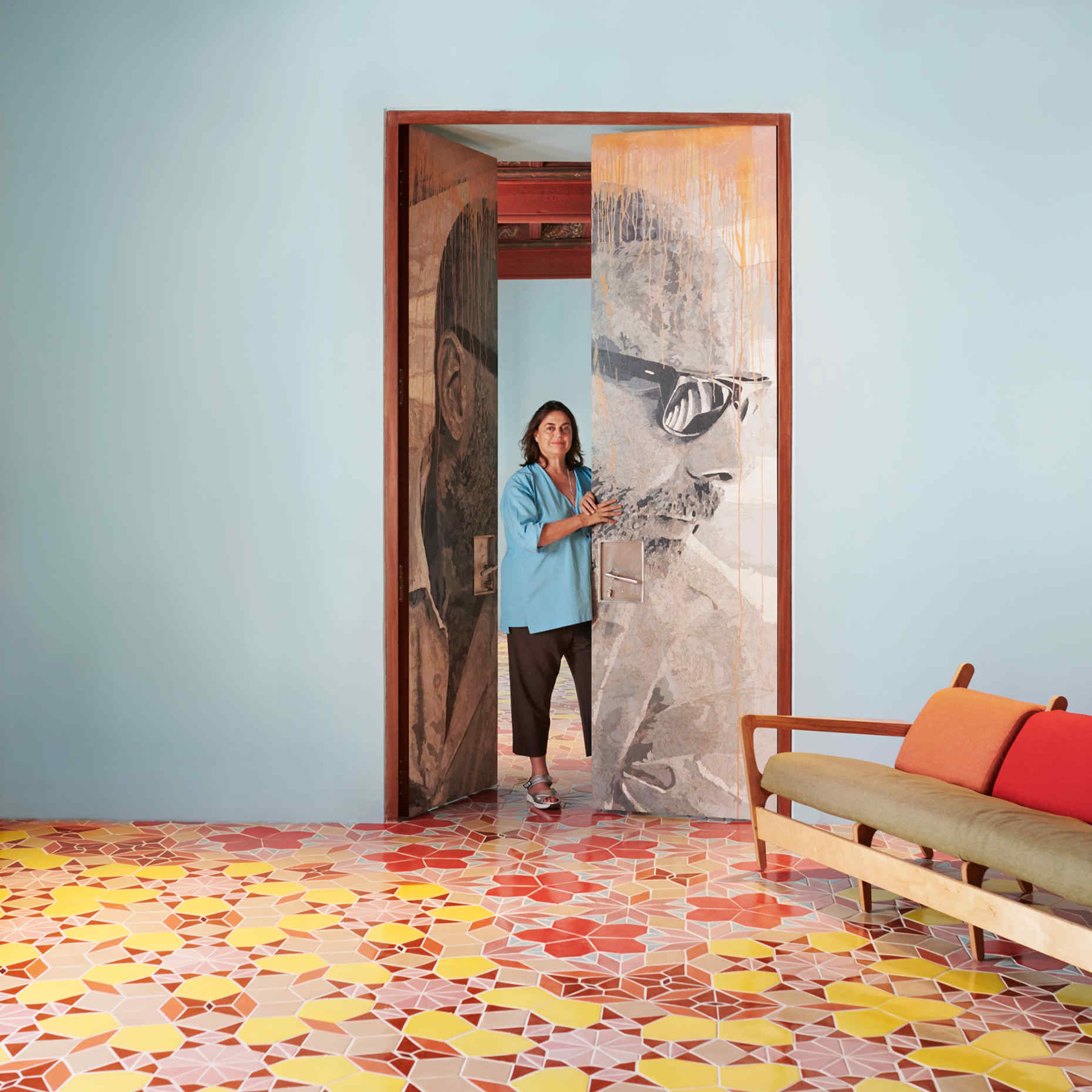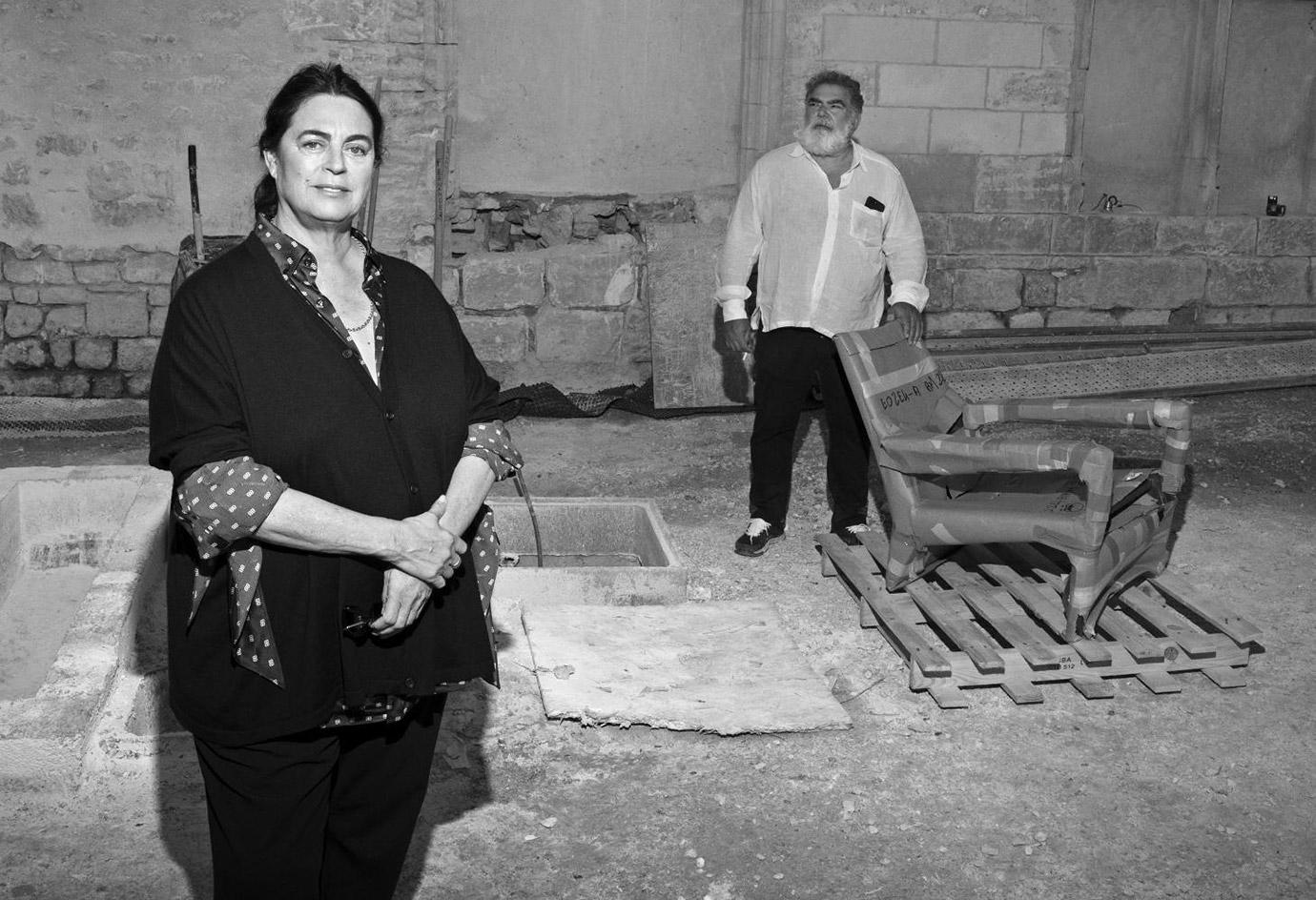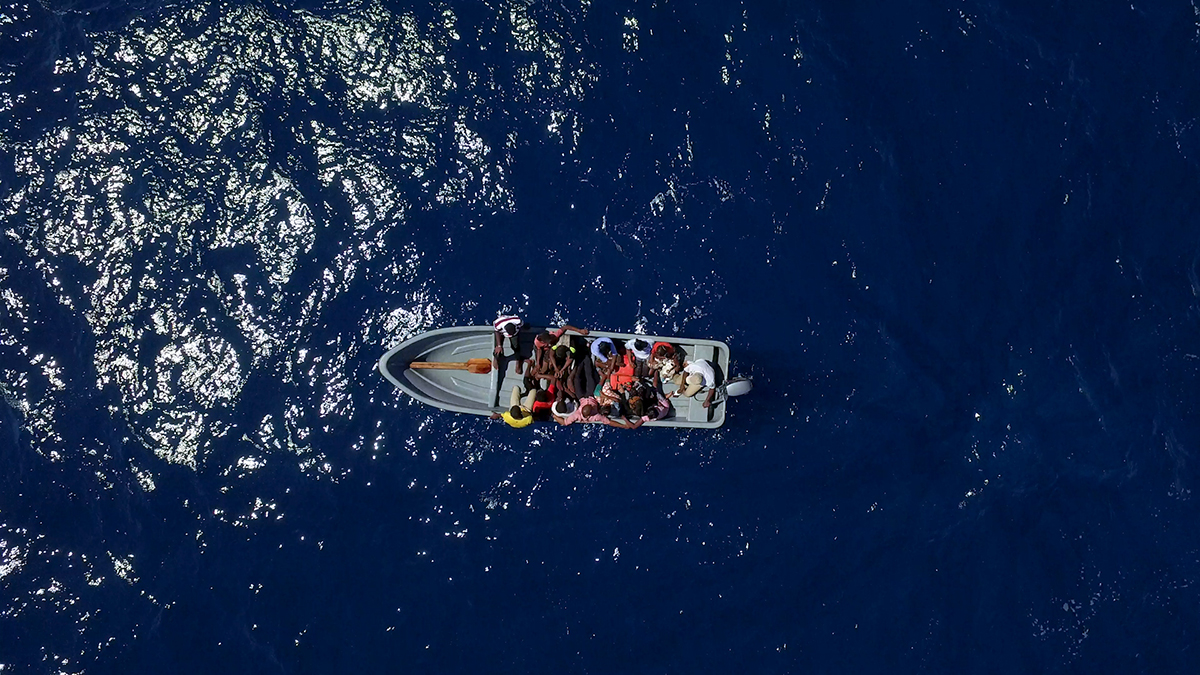Charline von Heyl
Snake Eyes
Hirshhorn Museum
Independence Ave SW &, 7th St SW, Washington, DC 20560
8 November - 27 January, 2018
The largest US museum survey of this pioneering artist to date, Charline von Heyl: Snake Eyes features more than thirty large-scale paintings that reveal the artist’s considerable influence in the field of contemporary art.
One of the most inventive artists working today, von Heyl has earned international acclaim for continually rethinking the possibilities of contemporary painting. Her cerebral yet deeply visceral artworks upend longstanding assumptions about composition, beauty, and narrative. Drawing inspiration from a vast and surprising array of sources—including literature, pop culture, metaphysics, and personal history—von Heyl creates paintings that are seemingly familiar yet impossible to classify, offering, in her words, “a new image that stands for itself as fact.”
In studios in New York and Marfa, Texas, von Heyl combines a rigorous, process-based practice that demands each painting develop through the act of painting, itself. The spellbinding results invite you to explore a unique visual language, exuberant and insistent.
Organized in collaboration with the Deichtorhallen Hamburg, this major multinational exhibition highlights the artist’s groundbreaking artistic output since 2005, including recent works that point to new developments in her constantly evolving practice. Together, Snake Eyes shines an international spotlight on one of today’s most dynamic painters and demonstrates the vitality and limitless possibilities of painting.
Curated by Hirshhorn Senior Curator Evelyn C. Hankins and Dr. Professor Dirk Luckow, general director at the Deichtorhallen, with curatorial assistance from Sandy Guttman.






















